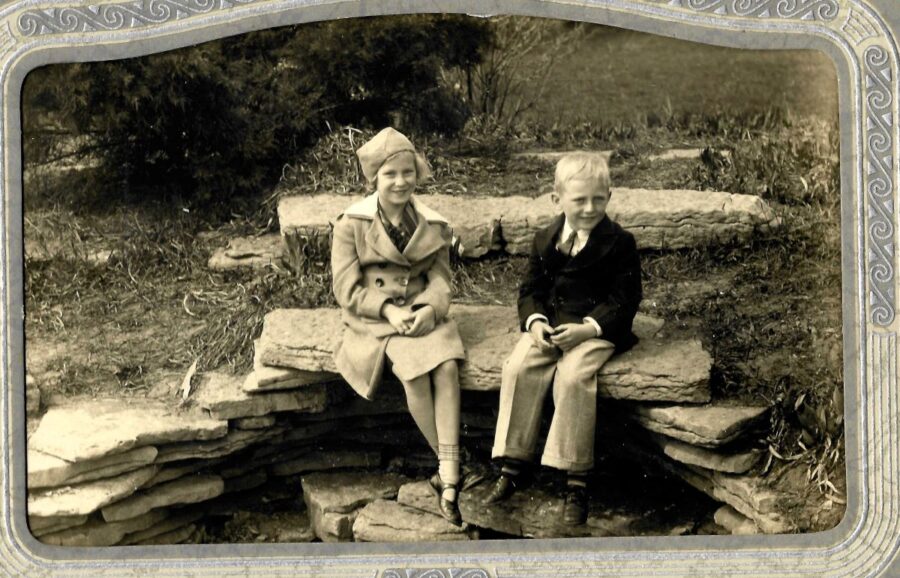Does MPHS have photographs: Misc. images
Address in Mount Prospect: Unknown
Birth Date: Unknown
Death Date: Unknown
Marriage
Date: Unknown
Spouse: Unknown
Children: Unknown
Interesting information on life, career, accomplishments:
Ethel Kolerus was the first woman in Cook County to hold the office of Township Supervisor. She was originally from Mount Prospect and served as the Township Supervisor for Wheeling Township. At other times, she also served on the staff of U.S. Senator Charles Percy’s Chicago office and on the Wheeling Township Board of Auditors.
